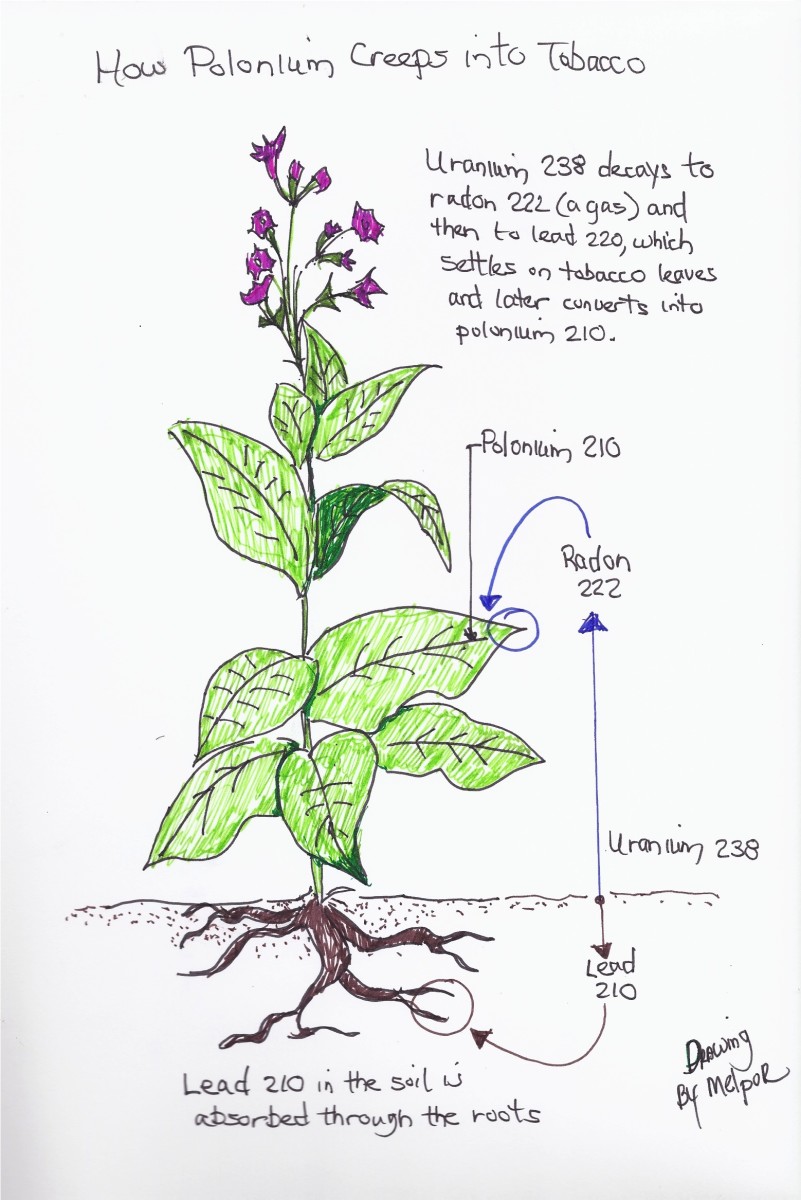Beware of sunscreens containing harmful ingredients

Is your sunscreen safe or does it actually increase the risk of cancer?
For many of us summer is the favorite time of the year. We enjoy blue skies, warming sun, longer days and the opportunity to spend many hours outside. Unfortunately this also means an increased risk of skin cancer. To prevent the sun from damaging the skin, our body’s biggest organ, we slather on sunscreen in the false belief that we are safe. We trust the promises of huge corporations with fat marketing budgets and buy anything with a cool name, a fashionable container or a high SPF, especially if it’s advertised as broad spectrum or recommended for kids. After all it’s FDA approved – isn’t it? The shocking truth is, that until recently the FDA did not do enough to protect the consumer. The new and legally binding FDA sunscreen regulations governing the labeling and marketing of sunscreens were delayed several times and only came into effect recently. Now, it's up to the consumer to read the labels properly and to make an informed choice. The Environmental Working Group (EWG) is an independent US study group consisting of scientific and legal experts which tirelessly research and expose environmental and health hazards that affect the well-being of the unsuspecting consumer.
How to check if your sunscreen contains harmful ingredients?
Just enter the name of your favorite sunscreen in the EWG database below and find out instantly if it is safe to use.
- Home | EWG's 2016 Guide to Sunscreens
Almost three-fourths of the products EWG examined offer inferior sun protection or contain worrisome ingredients like oxybenzone, a hormone disruptor, or retinyl palmitate.
The study results in a nutshell (257 brands and over 1’800 products tested):
Many sunscreens still contain the following harmful ingredients:
- Retinyl palmitate, a form of vitamin A: May increase the risk of skin cancer on skin exposed to the sun
- Fragrances. May cause allergies or other serious health problems
- Oxybenzone: A synthetic estrogen and hormone-disrupting chemical
- Many sunscreens falsely marketed for babies, children or kids may contain these harmful chemicals and may therefore not be safe for their use.
- A high SPF rating may give consumers a false sense of security making them believe they only have to reapply sunscreen after a longer period or that they can stay in the sun longer. Many sunscreens falsely advertise a high SPF rating!
- Some sunscreens with a high SPF rating may protect the user against harmful UVB rays but not against UVA rays which lead to skin damage and premature aging.
- Some sunscreens rated broad spectrum in the US are considered too weak for the European market and therefore banned in Europe.
- Sprays or powders are not recommended as they provide uneven coverage and pose a risk to the lung due to inhalation of damaging nanoparticles.

The EWG recommends mineral sunscreens with the following ingredients:
- Zinc oxide, titanium dioxide (non nanoparticles only), avobenzone or Mexoryl SX
Avoid sunscreens with the following ingredients:
- Oxybenzone, synthetic estrogen
- Vitamin A (retinyl palmitate)
- Insect repellent
Avoid sunscreens
- which come in spray or powder form (with nanoparticle ingredients) and products which advertise an SPF above 50+
EWGs surprising findings:
- Many sunscreens are not protecting the users against skin cancer and may even increase the risk.
- A higher SPF does not necessarily mean that the product is better.
- Too little exposure to the sun is also unhealthy and may lead to dangerous vitamin D deficiency.
- Vitamin A additives can actually increase the risk of skin cancer.
- Some sunscreens contain nanomaterials and potential hormone disrupters and may release skin damaging free radicals.
- The European market allows more ingredients than the FDA. This results in Europe having better sunscreens than the US.

Conclusion:
- Cosmetics are a billion dollar business and it’s up to you to read the labels in order to find out if a sunscreen product is good or harmful to your health.
- The best and cheapest recommendation is to reduce sun exposure between 11 am and 4 pm on days with a UV index of 3 and more and to seek shade.
- Long, light and lose fitting clothing, wide-brimmed hats and protective sunglasses may not look cool but they definitely keep you cool and well protected from harmful UV rays as well as from insect bites.
Official FDA website re. new labeling regulations
- Sunscreen
Information on sunscreen products.
Protecting your family from harmful UV rays is your responsibility!








